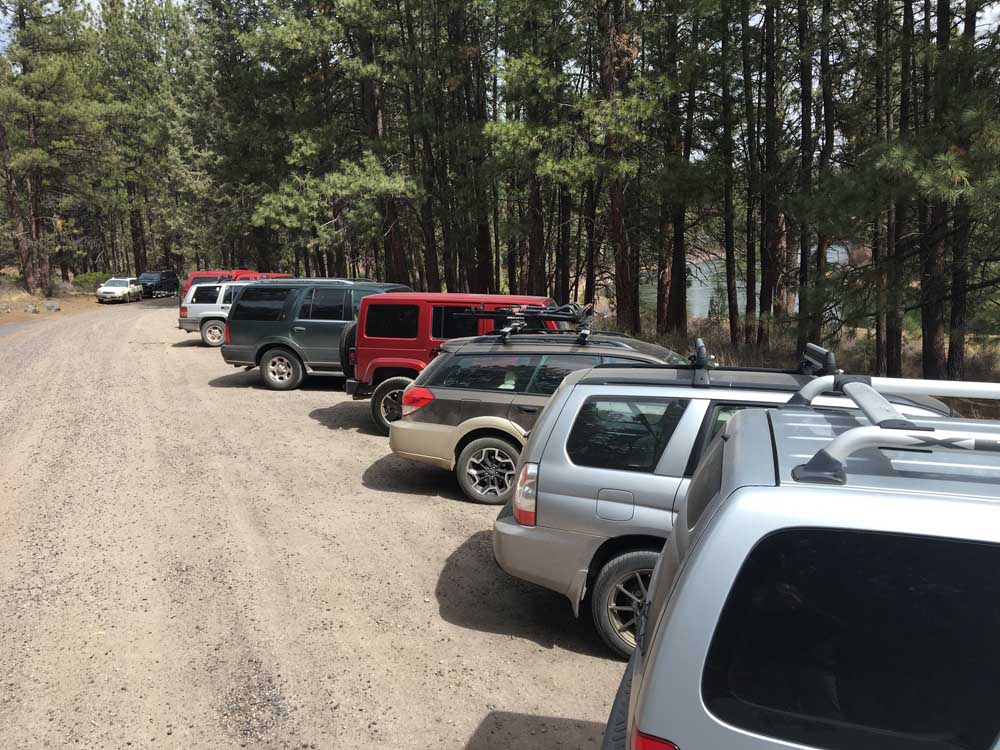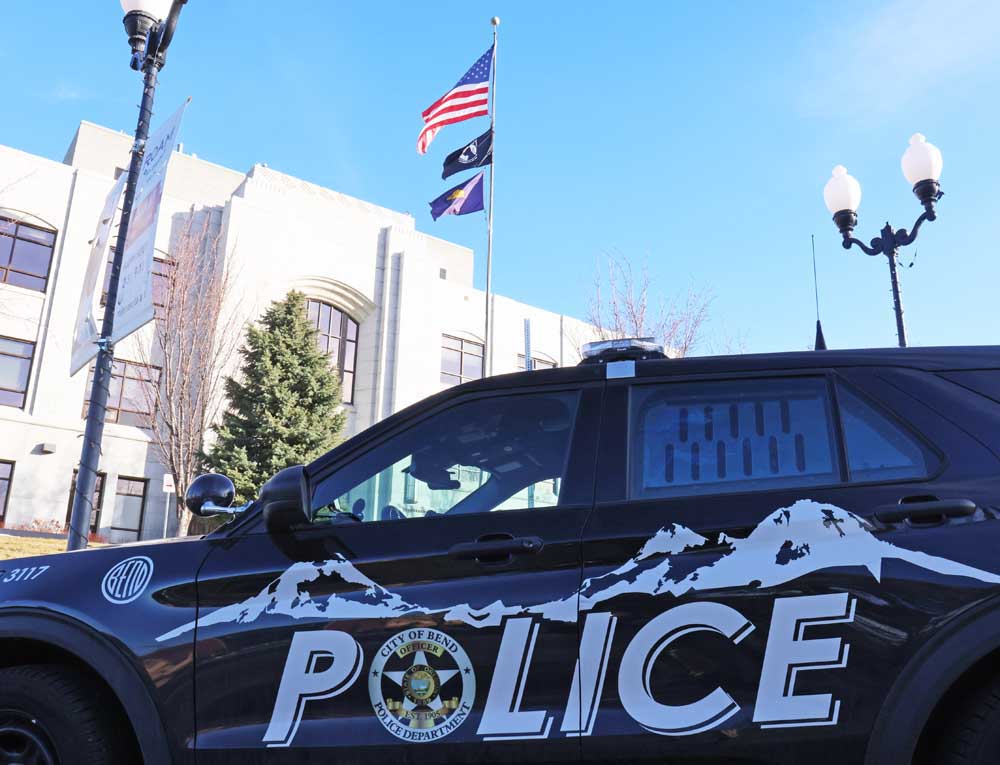Editorial: Forest Service’s parking woes argue for Deschutes footbridge
Published 12:00 am Thursday, April 5, 2018

- Vehicles parked at the Meadow Day Use Area on Tuesday, April 3.(Bulletin photo/Erik Lukens)
State lawmakers did the right thing earlier this year when they turned aside the latest attempt to ban a footbridge over the Deschutes River in southwest Bend.
The Bend Park & Recreation District Board did the right thing recently, too. It pledged to conduct a formal public process to determine the best way to connect Deschutes River Trail segments in Bend to those across the river in the Deschutes National Forest.
Trending
That process will begin soon and may well favor the contested route that crosses the river by means of a bridge opposed by a group of wealthy neighbors. When and if that time comes, Forest Service officials should do the right thing by helping to build the bridge in the face of almost certain criticism.
The Forest Services is in an uncomfortable position. The park district would pay for the bridge and any environmental analysis preceding its construction. At the district’s favored site, however, both ends would sit on Forest Service land. And unless the Legislature changed the law, the bridge would cross a section of the river governed by the Oregon Scenic Waterways Act, which perversely discourages the placement of even footbridges in this particular location.
One way or another, bridging the river would almost certainly create some heartburn at Deschutes National Forest headquarters. It should surprise no one, then, that forest officials are trying to keep a low profile, to say the least. The Forest Service “does not have an official position on a potential … footbridge,” District Ranger Kevin Larkin explained via email Tuesday. And if officials received a proposal for a bridge, they would review it “according to law, regulation, and policy, and then issue a decision on whether to allow the bridge based on that review.”
The Forest Service isn’t known for acts of bureaucratic bravery, and nobody really expects officials to bust out the build-a-bridge pompoms this early in the process anyway. However, they should be prepared to stiffen their spines at some point and join the bridge brigade.
Why? Try to find a parking space during the summer in the Meadow Day Use Area, which sits between the Widgi Creek development and the Good Dog off-leash area, which is located on Forest Service property adjacent to Bend. Meadow is the closest day-use area to the city providing direct access to the Deschutes River Trail, and as a result it’s used heavily. It is separated by a couple of miles of trail from the site of the proposed footbridge, which would connect a densely populated part of Bend directly to Forest Service land and give thousands of people access to off-road recreation without compelling them to fight for a spot in a too-small parking lot.
The Forest Service knows this perfectly well. The proposed footbridge is one of the projects featured in the 2015 Deschutes National Forest Alternative Transportation Feasibility Study. The study sought “to promote the use of non-motorized alternative transportation options to access high-use recreational areas on the Deschutes National Forest (DNF) while reducing environmental impacts at these sites.” Forest officials participated in the study as both stakeholders and technical advisory committee members.
Trending
The study laments parking congestion at Meadow and other popular trailheads, which can be “10 to 20 percent above capacity” on holidays and peak weekends. So why not build a footbridge at the edge of the city? After all, the study notes, it “would provide access to DNF trails from the more urban core of Bend for pedestrians and cyclists. Therefore, it meets the goal of the Study and the priority objective for the corridor, if it can meet environmental considerations.” The italics are included in the study and refer to the effects that a trail-user surge might have on Forest Service property directly adjacent to the city.
These effects would have to be minimized to the extent possible, but they should be accepted as the consequence of providing easy access to public land to those who live in a growing city. If it’s not OK for people to ride their bikes, hike and walk their dogs where they can do so without using their cars, then what would the Forest Service prefer?
If it opposes a footbridge, it should be prepared to break out the bulldozers and build a lot more parking spaces at Meadow Day Use Area and elsewhere.








